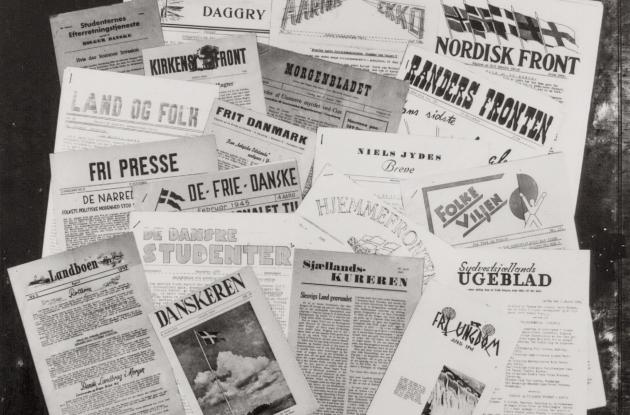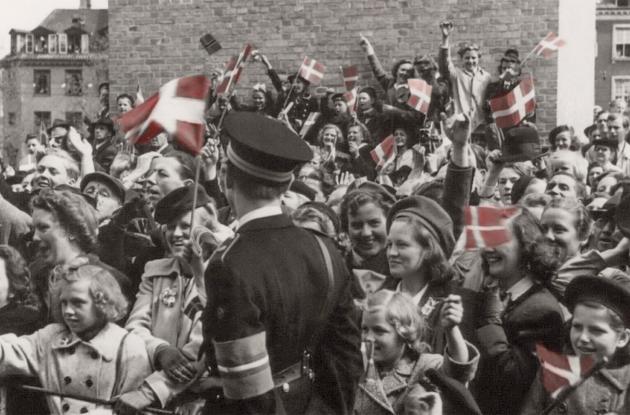Liberation of Denmark 1945
We have found material in the collections from the five cursed years and the early May days of 1945, when freedom returned.
In many ways, Denmark's liberation was as strange as the occupation on 9 April 1940 had been. At that time, Denmark was surprised by the German soldiers, and the fighting ended in a few hours. The liberation also came without any major blows on Danish soil. Montgomery received the surrender of the German forces on the Lüneburg Heath far to the south of the Danish border. Only 8.5 hours after the Germans had surrendered did the first Allied soldiers arrive.
We have gone exploring in the collections and have found material about the message of liberation, the celebration and the clashes in the streets, the history of Royal Danish Library's secret collection and much more.
Candlelight in the windows
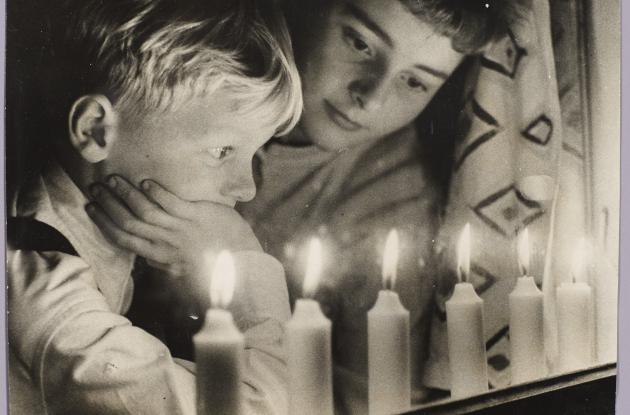
The message of liberation
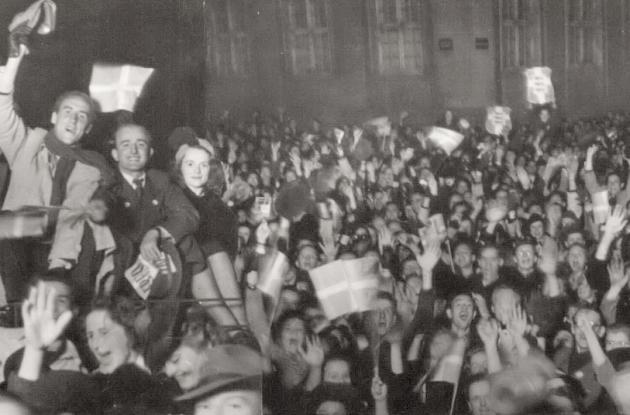
The final liberation of Bornholm
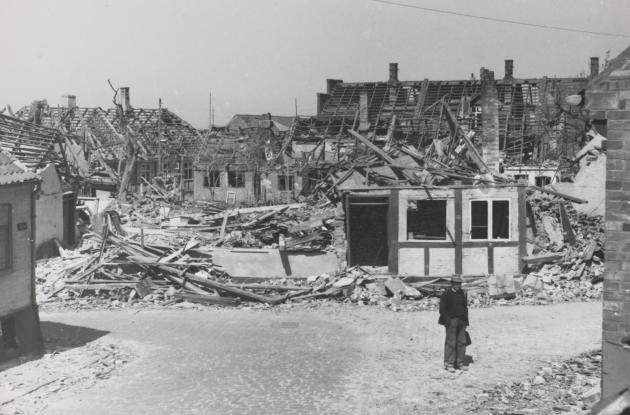
From festivities to a dangerous public mood
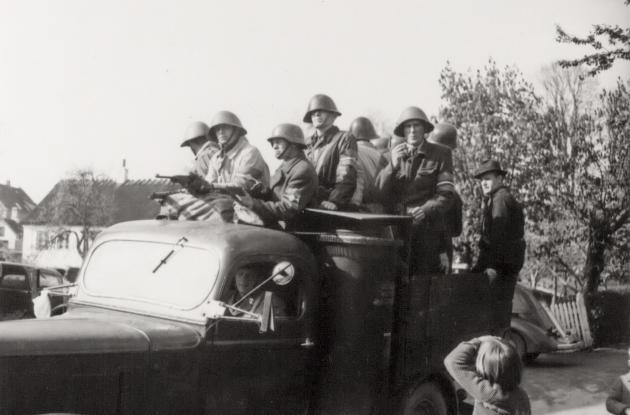
The August Uprising 1943
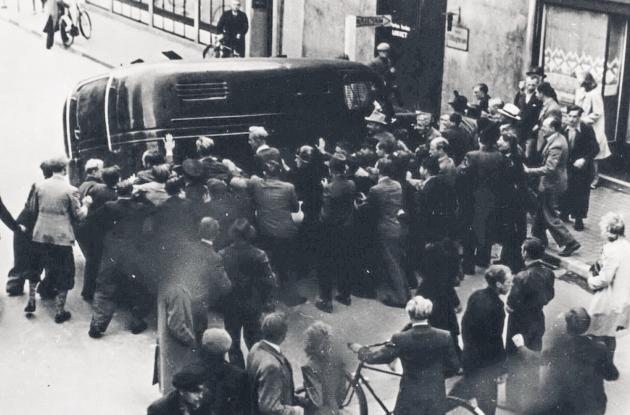
The library's secret collection
